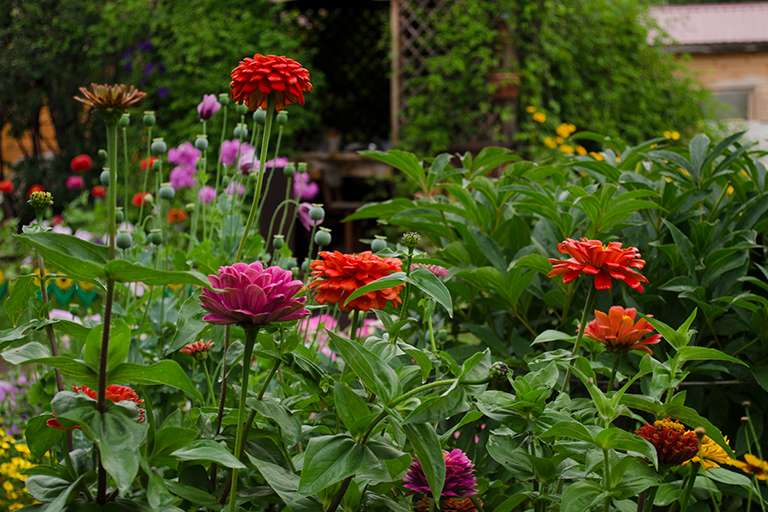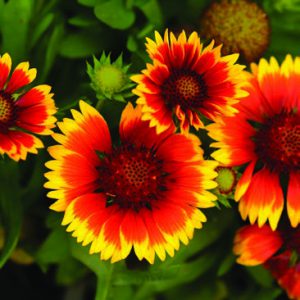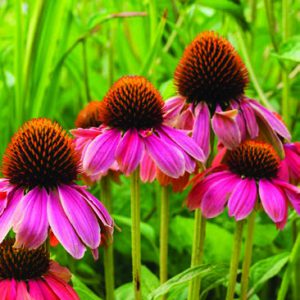By Vicki Spencer, Master Gardener
With rising summer temperatures, gardens beg for water. Select succulents or drought resistant plants, and they won’t look as parched.
Thirty-six years ago, Denver Water coined and trademarked the term “Xeriscape,” meaning dry landscaping, or a way to garden with Colorado’s semiarid climate and soils. To some, it was thought to be a passing fad, but “xeriscaping” actually caught on quite well with gardeners struggling to keep their yards beautiful under increasingly restrictive water rationing.
As with any kind of gardening, you need to identify your soil type before planning a Xeriscape garden or choosing to incorporate water wise plants into your landscape. Most gardeners find that clay or sandy soils dominate. Each of these soil types have their own unique characteristics — clay soil is dense and slow to absorb and release water, while sandy soil does not hold water well and tends to dry out quickly. Nonnative plants need their soil amended regularly, while natives don’t require much time or money with soil amendments.
When planning your Xeriscape garden you need to consider your water source and watering methods. The most efficient way to water trees, shrubs, flowers and ground cover is with drip, spray or bubble emitters. In our climate, it’s best to water deeply and infrequently so as to encourage deep root growth. You also need to avoid watering in the heat of the day when more water is lost to evaporation. If you have an automatic sprinkler, consider installing a rain sensor to shut the system off when it rains. That may not be often, but why pay for expensive, treated water when Mother Nature provides fresh water for free?
The best way to design your garden is to divide it into separate zones based on the amount of light, moisture and wind that each area receives. Group the plants that will be placed in each zone according to similar light and water requirements.
Although most gardens appear to be in full bloom by July, it is not unusual to find areas that are bare or don’t seem to be doing well. These spots may suffer from too much heat or dry soil, which are perfect areas to experiment with xeriscaping. You can find some attractive, drought resistant potted plants at your garden center. For instance, Gaillardia (blanket flower) blooms from June through September and is a wonderful way to add color to your garden. Gaillardia produces daisy-like flowers in bright reds and yellows.
Echinacea and Rudbeckia are two varieties of coneflowers from the aster family that produce long-stemmed flowers with daisy-like petals. Echinacea are usually pink or purple, while Rudbeckia are typically yellow or orange. Both can be planted in July and their hardy flowers will bloom until early fall. Just because you choose to Xeriscape doesn’t mean your garden has to look like a desert.
Keep in mind that the low maintenance characteristic of xeriscaping does not mean “no maintenance.” Initially, while waiting for your plants to get established, it’s necessary to water and weed your garden more than you will later on. Save yourself some maintenance by applying mulch. Mulch keeps the plant roots cooler, minimizes evaporation and decreases weed growth. I prefer organic mulches because they seem to be easier to maintain and, because of their gradual decomposition, they help improve the quality of the garden’s soil.
Denver Water has a wealth of information about xeriscaping on its website. Visit denverwater.org/conservation for helpful tips, garden plans and much more. Find additional information from your local garden club or by visiting nearby garden centers.
Ask about native plants or drought resistant varieties and you will find there are so many options that choosing among them will be difficult. Finally, focus on perennials so you won’t have to start a garden from scratch year after year.



